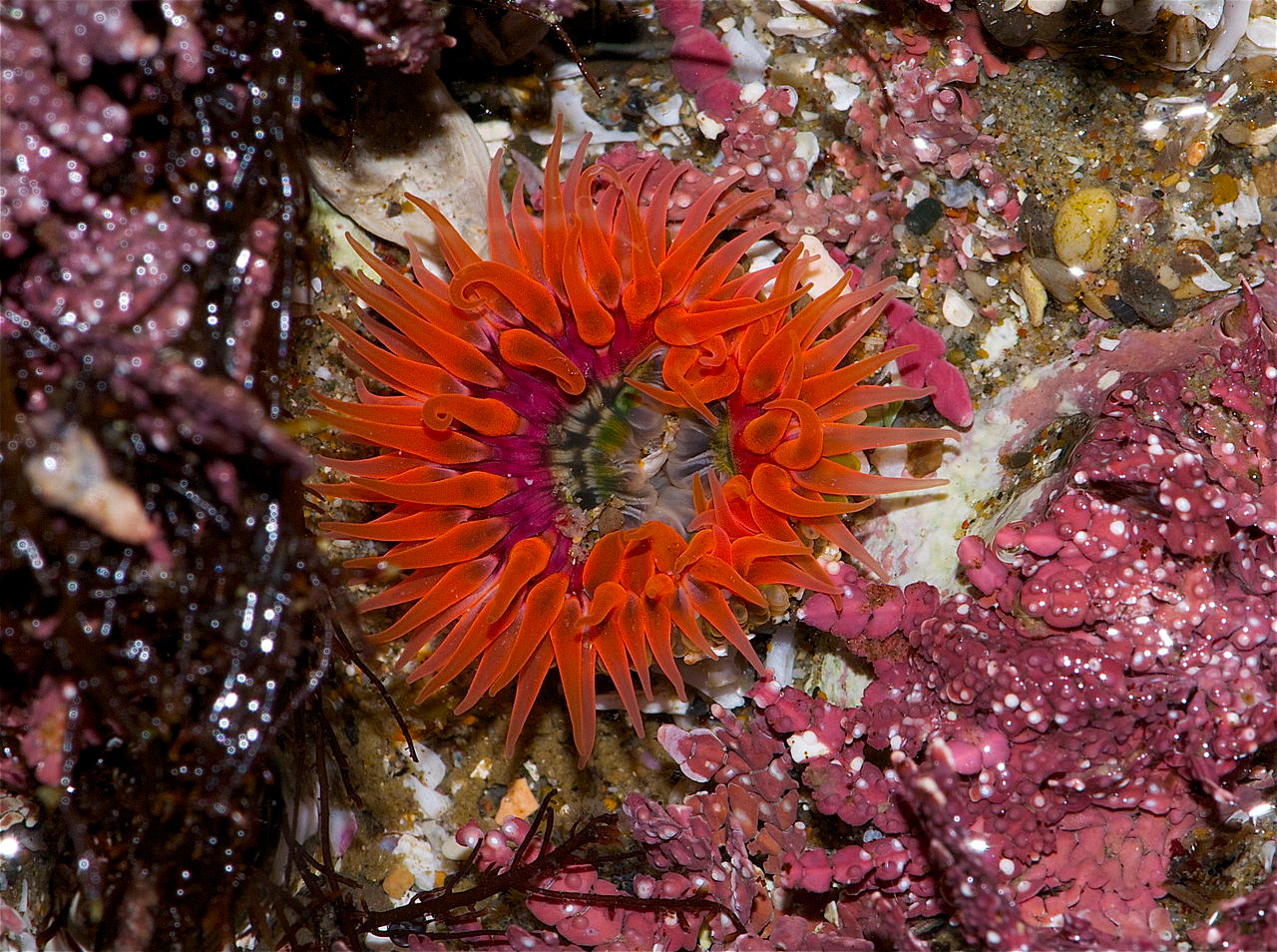The beauty, and danger, of Amanita mushrooms.
-150x150.jpg)
Sign up for our free weekly newsletter and understand everything better!

-150x150.jpg)
The beauty, and danger, of Amanita mushrooms.
.jpg)
Making significant reductions in your household’s energy use becomes a lot easier when people around you are making changes too. The Palo Alto-based nonprofit Acterra has developed a program that takes this into account: ACTerraGreen aims to reduce people’s carbon … Read more

Math students at Analy High School in Sonoma County solved a real-life story problem when they came up with a plan to reduce carbon emissions from their schoolmates’ daily commute. It started in 2006 when teacher David Casey’s advanced-placement statistics … Read more

The high cost of installing solar panels is a major obstacle for Bay Area residents wanting to go solar to reduce their carbon footprint. Even though photovoltaic solar panels more than pay for themselves eventually through lower energy bills, many … Read more

With increasing awareness and concern about climate change, the number of organizations and resources addressing this issue has increased dramatically over the past few years. The following resource list, then, is just the tip of the (melting) iceberg.
.jpg)
What do you get when you combine entrepreneurial spirit, construction and engineering expertise, and a commitment to the community and the planet? One answer is Solar RichmondBUILD, a job training, energy conservation, and community development program in Richmond that installs … Read more

Watch out for these unusual creatures next time you’re walking in a wet forest.
-150x150.jpg)
What brings together professionals and amateur naturalists, butterfly specialists and evolutionary biologists, children and adults, all in the name of endangered species? Try the Golden Gate National Recreation Area’s Big Year for Endangered Species.
-150x150.jpg)
Fall is harvest time for crab fishermen, who place “crab pots” offshore to catch Dungeness crabs. The crabs, the largest species on the West Coast, have a complex lifecycle that takes them from the open ocean to the Bay and back again.

The Natural History of the UC Santa Cruz Campus (Second Edition), edited by Tonya M. Haff, Martha T. Brown, and W. Breck Tyler. Bay Tree Bookstore, 2008, 361 pages, $12.95 “UC Santa Cruz may be the best campus in the … Read more